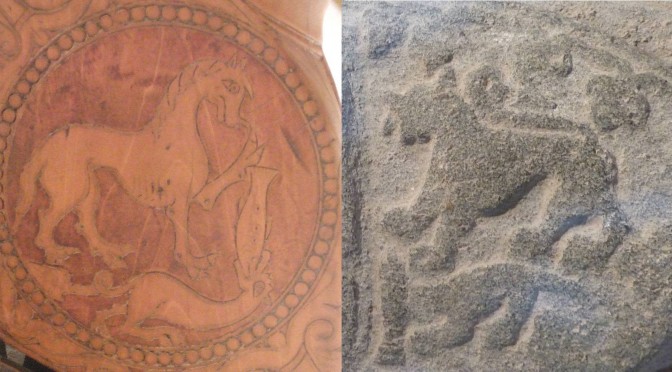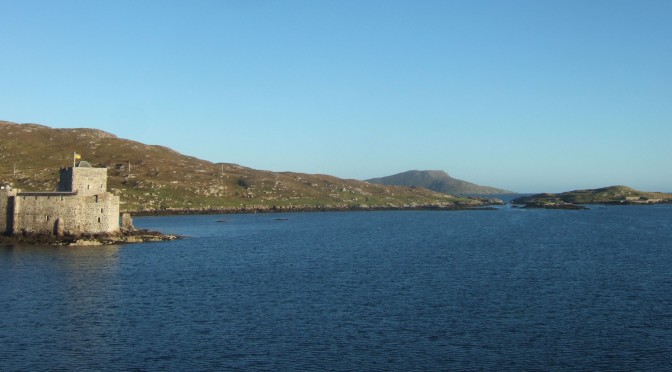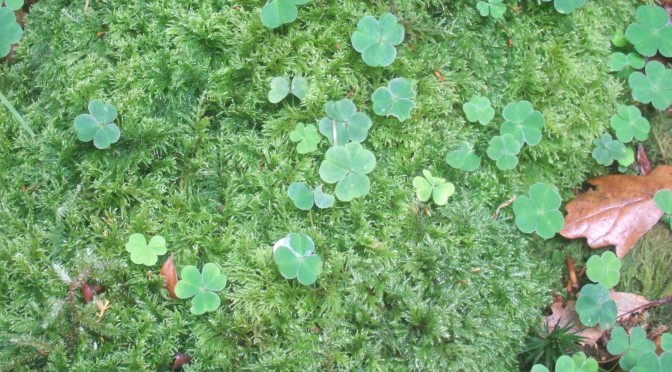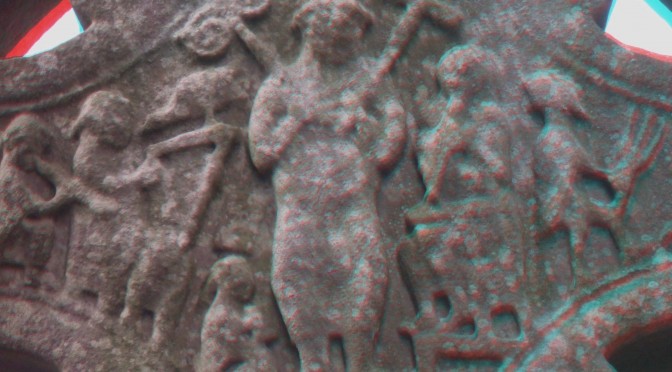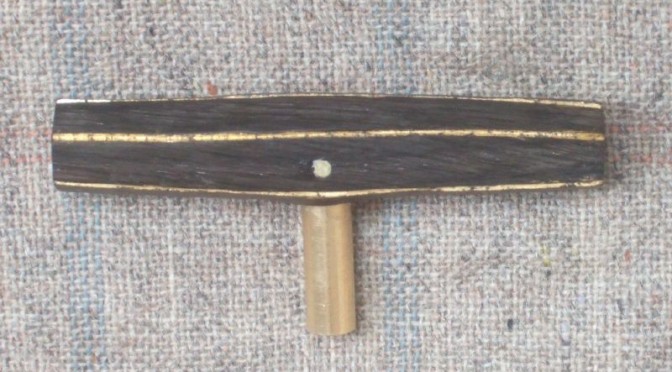For a very long time I have been interested in the symbolism of the animals on the forepillar of the Queen Mary harp. In their book Tree of Strings – Crann nan Teud, Keith Sanger and Alison Kinnaird discuss these animals, suggesting that they may have religious symbolism: “We have examined the possibility of the designs having some family or clan significance but they do not seem to have any apparent links”
news
Playing the harp in Kisimul Castle
Steach gu Ciosamul an aighir,
Far a faighte cuirm ri gabhail
Ol fìon o oidhche gus an latha,
Pìobaireachd na feadan lagach,
‘s clàrsach bhinn ga gleusadh mar ris…
I was at Castlebay this past weekend, to play the harp at the Galley Castles Conference organised by the Islands Book Trust. I played three times for three different events during the conference, all of them fairly informal. Though I didn’t get a chance to formally present a paper on my research into the medieval Hebridean harp music and instrument tradition, I was pleased to be able to discuss my research and work with a number of interested academics working in this area on the history and archaeology of the castles and society of the medieval Western Isles and the Lordship of the Isles.
Restringing the Otway harp
I first got hold of one of the HHSI Student Otway harps back in 2007, as part of the very first batch of two, made by David Kortier for the Historical Harp Society of Ireland. I believe there may only have been three made in total – one is in the north of Ireland, one was sold to a private buyer, and I currently have at my house one that was made in 2009.
Facts, speculation, and making things up
The study of the historical Gaelic harp traditions of Ireland and Scotland is unusual in its scope, materials and foundations. Of course it shares many aspects with other disciplines. As a combination of historical research and performance art, it does not fit easily into mainstream historical or artistic disciplines. In this, it shares a lot with other historically-informed performance (HIP) practice disciplines, such as harpsichord, lute, or baroque violin. However, historical Gaelic harp is different from other HIP areas because of its nature as an oral tradition. Other areas of HIP deal with dead or extinct literate traditions; one can get hold of an 18th century harpsichord instruction manual, and sit at an original or reproduction instrument, and do what the book tells you to. This is not possible for an extinct oral tradition.
Monasterboice
On Saturday I was driving south towards Dublin when we spotted the road sign turning to Monasterboice. I zoomed off the motorway and we stopped to look at the amazing high crosses there. I was especially pleased to get a good stereo pair of the carvings on the Cross of Muiredeach.
Quill shim
In Karen Loomis’s PhD thesis (volume 3, p.379-380) she prints two photographs of a shim from tuning pin hole no.23 on the Queen Mary harp. One shows the shim extracted; it is made from a split section of a feather quill.

On my replica, pins 29 and 30 have needed shimming for some years now. I had originally tried paper, and subsequently sheet brass, but I was inspired by this discovery, to pull the pins and try quill shims.
Ceòl Rí Innse Gall
I am preparing for Wednesday’s concert here in St Andrews. I am going to play a programme of “Ceòl Rígh Innse Gall”, my speculative re-imaginings of medieval West-Highland ceremonial music. This project is still very much a work-in-progress, and I am still thinking hard about how this music should work, and what sources of inspiration and musical material to raid.
Gilded tuning key
I made this key yesterday, for a colleague who has been waiting too long for it! Continue reading Gilded tuning key
3D model of the harp
Here’s my latest attempt at 3D photography. It’s not very good but It was a first attempt! Continue reading 3D model of the harp
Firing the bells
I have never done this, or seen it done, or even heard it done. But here is a video on Youtube showing the ringers at Blackburn firing! Thanks to the Ringing World letters page for this link! Continue reading Firing the bells
